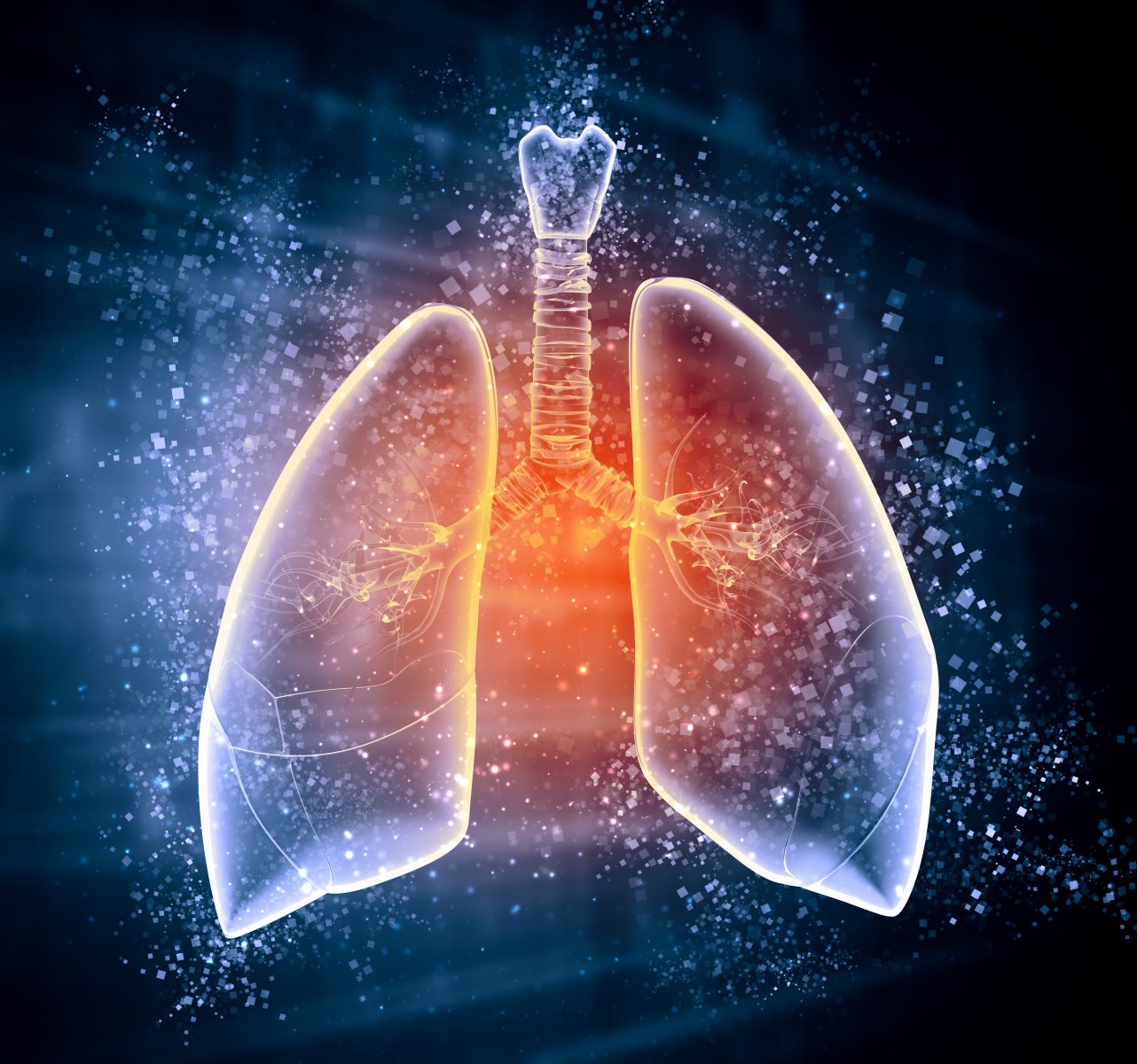Successful Combination Therapy for Diffuse Alveolar Hemorrhage in a Child with SLE Reviewed

 Researchers at the Le Bonheur Children’s Hospital/University of Tennessee Health Science Center recently published in the Journal of Intensive Care the successful treatment of a child with systemic lupus erythematosus (SLE) who was experiencing respiratory complications. The study is entitled “Management of massive diffuse alveolar hemorrhage in a child with systemic lupus erythematosus.”
Researchers at the Le Bonheur Children’s Hospital/University of Tennessee Health Science Center recently published in the Journal of Intensive Care the successful treatment of a child with systemic lupus erythematosus (SLE) who was experiencing respiratory complications. The study is entitled “Management of massive diffuse alveolar hemorrhage in a child with systemic lupus erythematosus.”
SLE is a severe autoimmune disease in which the body’s own immune system overreacts and attacks healthy joints and tissues, leading to inflammation, swelling, pain and tissue damage to the joints, but also skin, kidneys, lungs and heart.
Pulmonary hemorrhage is known to occur in only 5 to 10% of all pediatric SLE patients. This study presents a case report of a 14-year-old African-American girl who had been recently diagnosed with SLE and presented a critical clinical condition of hypoxia (lack of oxygen) and shock linked to severe diffuse alveolar hemorrhage (DAH), a rare and life-threatening disorder characterized by the bleeding of the pulmonary microvasculature into the alveolar spaces and associated with a high mortality. The child also presented massive hemoptysis, which is the spitting/coughing of blood or blood-stained mucus originated in the respiratory tract.
Due to the fact that DAH in SLE patients is a rare condition, there are currently no guidelines for the treatment of this life-threatening complication.
In this case, the child was submitted to interventional catheterization to locate and block the source of the bleeding. During the procedure, she developed progressive hypoxic respiratory failure and was submitted to extracorporeal membrane oxygenation (ECMO) support (technique to provide both cardiac and respiratory support) followed by an emergency pulmonary lobectomy (removal of part of the lung). After the surgery, due to hemodynamic instability and hypoxia, the girl was maintained on ECMO and on a high-frequency oscillatory ventilator (HFOV). She received methylprednisolone (to control inflammation), intravenous immunoglobulin (IVIG, which corresponds to the pooled IgG antibodies extracted from the plasma of over one thousand blood donors (it is often used in autoimmune diseases as SLE) and underwent plasmapheresis, where her plasma (containing antibodies) in the blood was replaced by a “good substitute plasma” and returned to the body along with her blood cells.
Five days after the surgery, the girl had clear airways without signs of hemorrhage, at day 7 she was switched from the HFOV to a conventional ventilator and at day 10 she stopped ECMO. After 57 days hospitalized, the girl was discharged home, having clear lungs on an x-ray and breathing comfortably.
The research team concluded that cases of SLE with DAH where the individual is unresponsive to conventional therapies, a combination of interventional radiology, ECMO, surgery and early immunotherapy can be successfully applied.





